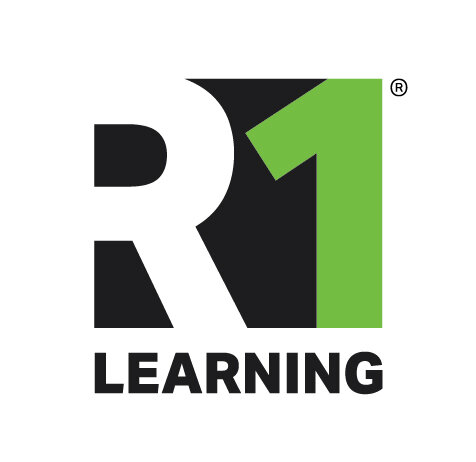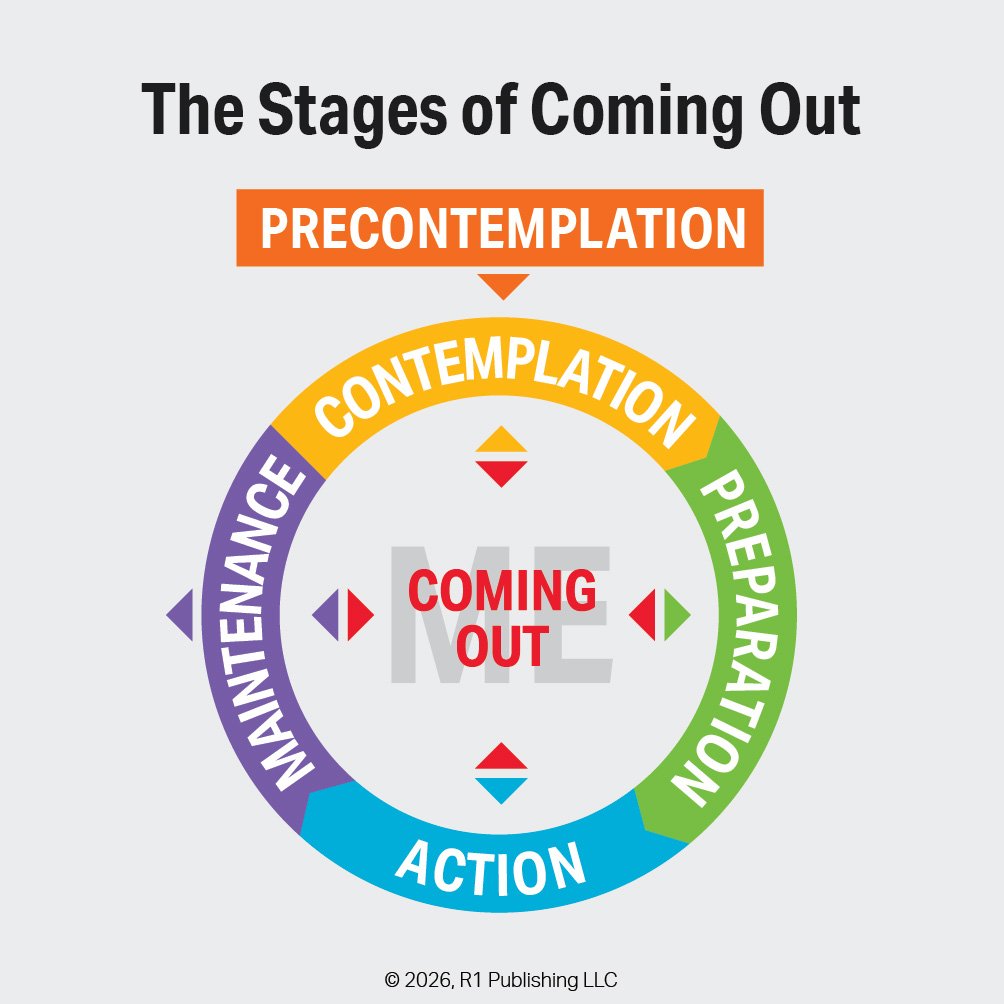Exploring personality types is essential for understanding one’s natural tendencies and style and how to leverage one’s strengths with teams and groups we engage with. Understanding personality types fosters empathy, improves communication, and builds stronger relationships both personally and professionally.
Read MoreCharacter is the consistent pattern of qualities and attributes that define how an individual tends to think, feel, and behave. These traits shape an individual's personality and influence how one interacts with others. Character traits exist on a spectrum or continuum…
Read MoreCommunication is a vital life skill that enables individuals to express thoughts clearly, build strong relationships, and navigate both personal and professional environments. The ability to effectively communicate one's needs, desires, expectations, and insights empowers individuals to thrive in diverse life situations.
Read MoreChange can be both exciting and difficult in any behavioral health context. The challenges…
Read MoreLife skills development enables individuals to build and maintain the skills that lead to greater autonomy and independence. The ability to manage daily responsibilities, such as time management and organizational skills, equips individuals to take control of their
Read MoreGrief is a natural human response to coping with acute pain from a loss or traumatic event. Although grief typically focuses on an emotional dis-regulation, it affects thoughts, emotions, and behavior. While everyone experiences grief differently, there are common grief states, emotions, and coping responses.
Read MoreLife experiences and events shape our beliefs about who we are. This is true for both joyful experiences as well as adverse ones. How one deals with stressors that originate from adversity, change, adverse childhood experiences, grief & loss, and traumatic events impacts one’s life and long-term health outcomes.
Read MoreTrauma researchers, practitioners, and survivors recognize that understanding trauma and trauma-specific interventions is not sufficient to optimize outcomes. The context and environment where trauma is treated
Read MoreEngaging logical learners with real-life situations and circumstances, not only makes the learning experience relevant and practical, it sparks one’s journey toward self-efficacy through a reflective self-discovery process. It also encodes the information one is learning into long-term memory.
Read MoreHow human beings distort reality to protect themselves is amazing. Given adverse childhood experiences or other traumatic events that can occur along life’s journey, defense mechanism serve an important protective role psychologically.
Read MoreThey make you think! That’s the simple answer to the question. Thinking and reflecting on goals make them real and concrete. This internalized goal drafting and crafting process sparks and motivates individuals onto the path of behavioral change. Self-efficacy is a belief in one’s competence to successfully accomplish a task and produce a favorable outcome.
Read MoreR1’s purpose is to build an interactive curriculum service that will impact individuals, their families, equip deeply caring and compassionate practitioners in the workforce, and change lives. We also set off to build tools to learn from more quickly and easily. We asserted at the start in July of 2017 that it was impossible.
Read More"What happened?" "How do my childhood experiences effect me now?" are questions for individuals to explore in order to identify traumatic experiences and get help. The experiences one has during childhood (within the first 18 years of life) impacts
Read MoreFor individuals and communities to benefit from a curriculum it needs to be both impactful and accessible. Even with the world's best curriculum, its efficacy diminishes if not accessible to everyone. Discover how we're prioritizing accessibility to maximize impact for every individual in the community.
Read MoreSubstances are all around us in society. Some are marketed and distributed by some of the most profitable companies in the world (Pfizer, Johnson & Johnson, Roche for prescribed pharmaceuticals, Starbucks and other coffee franchises for caffeine, Phillip Morris and Altria…
Read MoreRecovery Capital refers to the internal and external resources necessary to achieve and sustain recovery. The Recovery Capital Model recognizes that a variety of dimensions — personal capital, social capital, community capital, emotional support, commitment to sobriety, and well-being — can support or jeopardize recovery depending on how individuals use their capital.
Read MoreEmotional coping skills are the topic of today’s post and important tools individuals learn on the path of health and wellness. Emotional wellness is central to most evidence-based practices and psychological models including Cognitive Behavioral Therapy (CBT), Dialectical Behavioral Therapy (DBT),
Read MoreHelping individuals think about their past experiences to identify environmental triggers is central to preventing other mental health conditions such as anxiety or depression. Our model highlights four types of environmental triggers — people, places, things, and situations.
Read MoreSubstance use is on the rise and impacting individuals, families, and communities world-wide. Hundreds of millions of individuals use substances in some fashion with over three million people dying from substance related use globally. The use of physical or mind-altering substances
Read MoreBuilding new positive stories and beliefs about oneself takes practice. Frequent and consistent re-connection with core values, new healthy choices and behaviors, and a shift in one’s core beliefs takes time..The more we practice and incorporate these new beliefs into our daily routines and mindset, the more we will achieve their benefits.
Read More



















